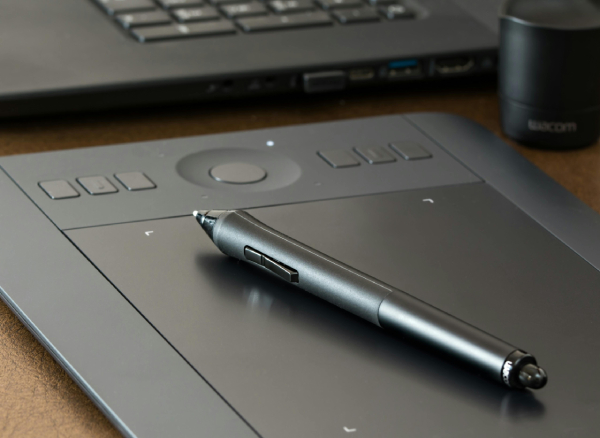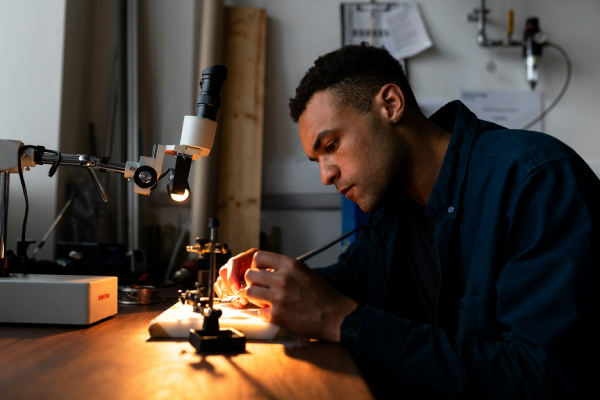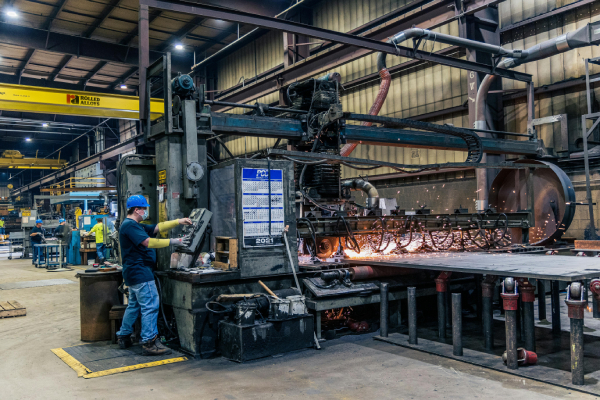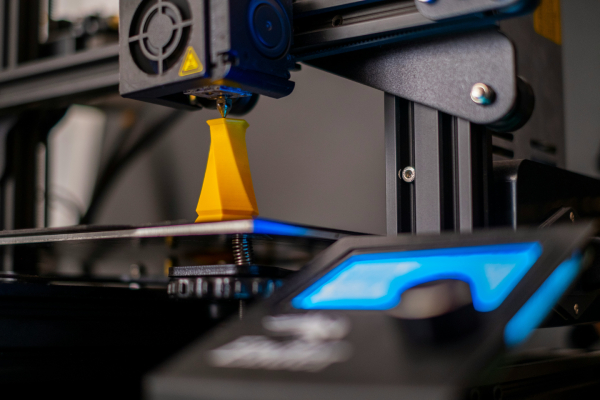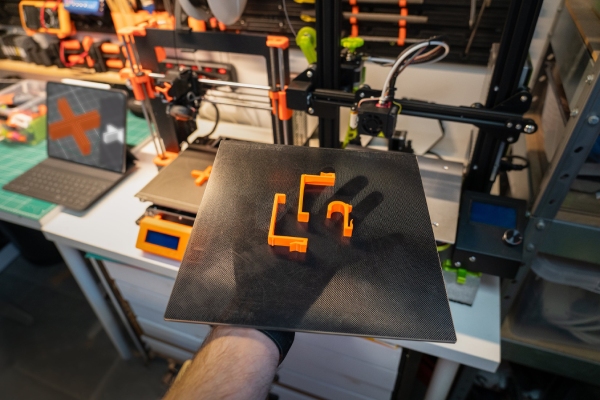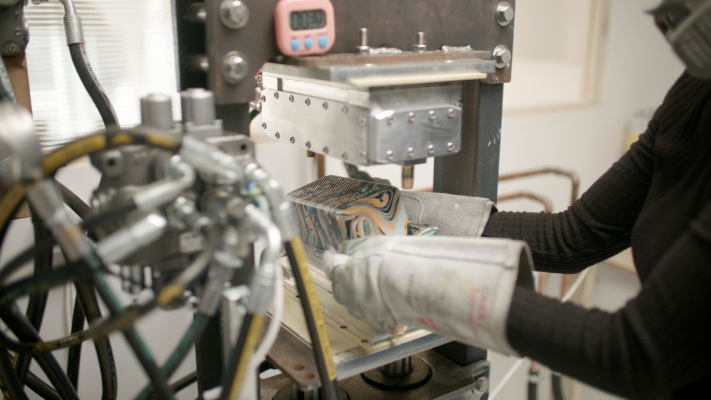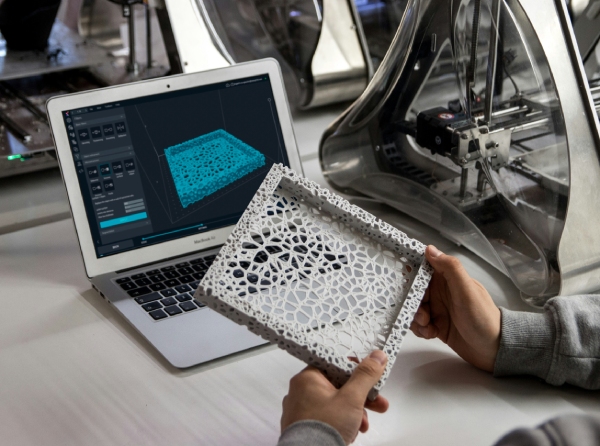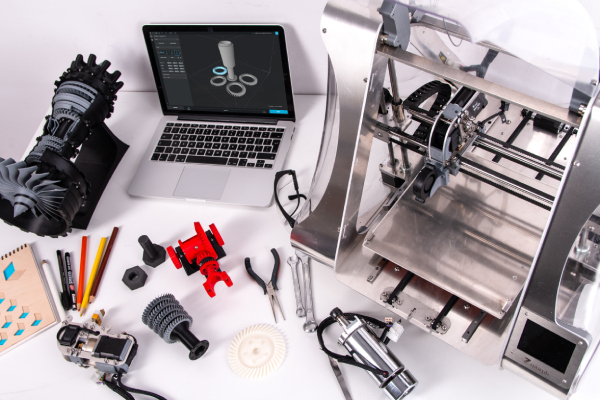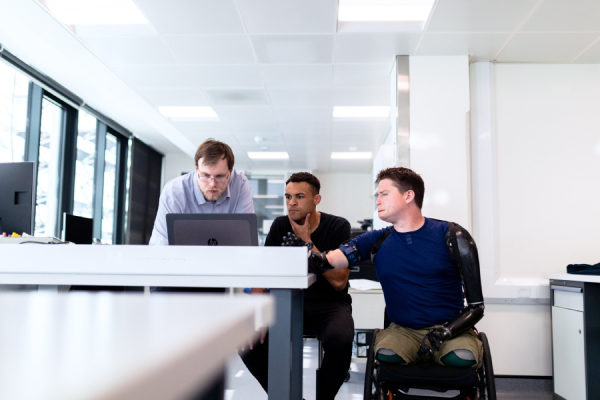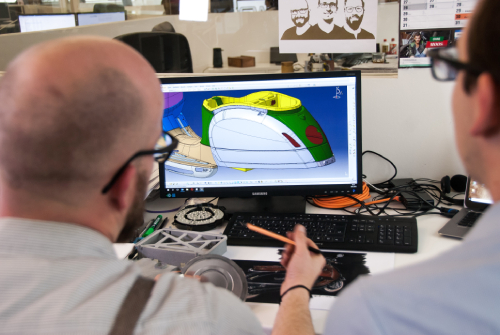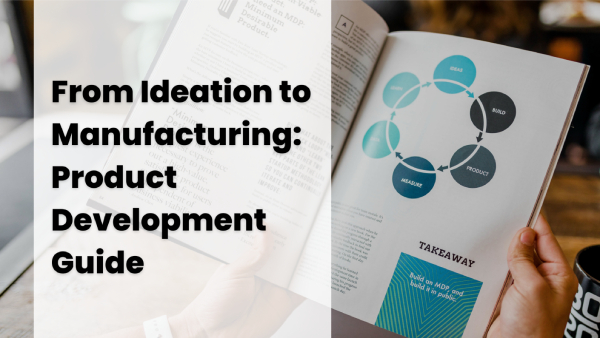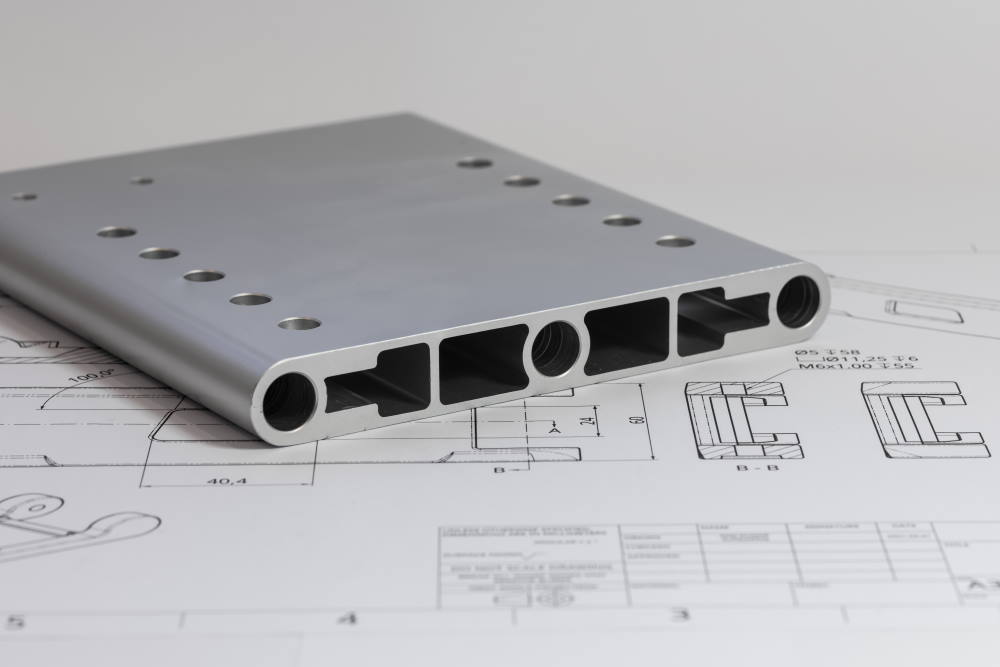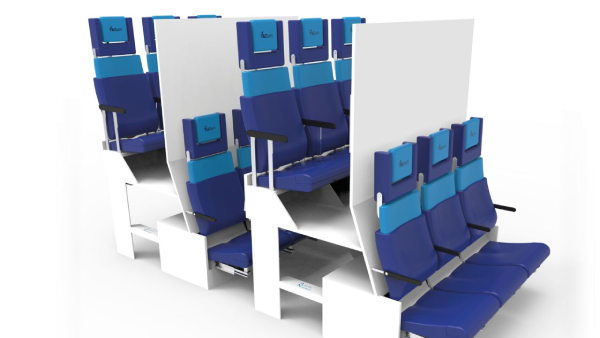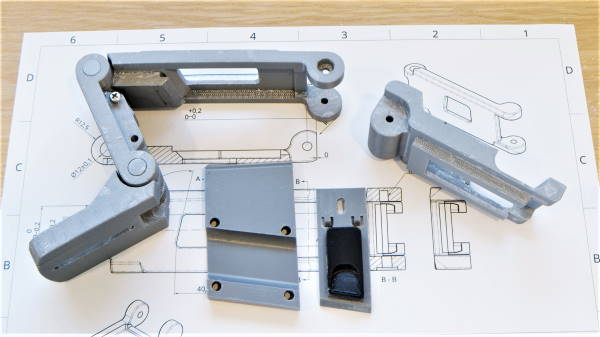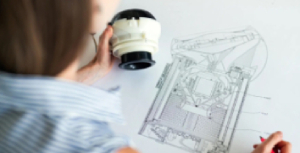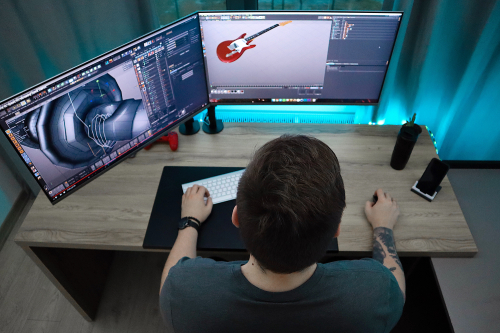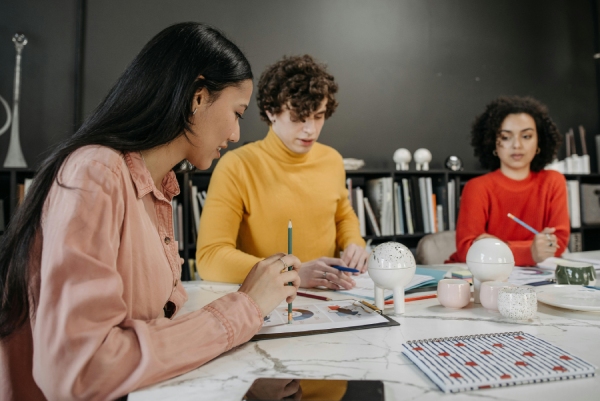
If you’re reading this, you are doubtlessly interacting with countless objects that were subjected to industrial design (ID). Industrial design is a necessity in a world dependent on mass manufacturing and, soon, mass customisation.
There are market and regulatory pressures for goods to be both safe and easy to produce, a balance that only skilled ID teams can guarantee. However, achieving good ID capabilities requires an investment in human capital that not all organisations are willing to spend, often resulting in intellectual property (IP) issues that could not only incur regulatory risks but also result in user safety issues.
In this competitive manufacturing landscape, understanding how intellectual property (IP) works in the context of your production will allow you to protect your designs, your customers, and your bottom line. More importantly, it will also help you stay abreast of market and technology movements that could influence your industry’s direction.
Let’s delve into the intersection of industrial design and intellectual property and see how hiring experts in industrial design NZ manufacturers trust can make a difference for your business:
Seek Professional Guidance
For all the reasons mentioned, getting professional help for ID and its accompanying IP matters is warranted. If your design company lacks capabilities in either area, the best thing to do will be to consult with experts who frequently navigate these subjects. ID and the accompanying IP laws are highly complex and engaging with qualified professionals will ensure that your designs are safe for consumers, cost-effective to reproduce, and free of any thorny legal issues.
Look Into the Basics of Intellectual Property Rights
Even if you plan to engage with a third-party design company for your ID and IP needs, it still helps to familiarise yourself with different forms of intellectual property rights, including patents, trademarks, and design rights. These concepts all mean subtly different things, and knowing how they work should make it easier to productively engage with design and IP professionals.
Strive for Comprehensive Protection
When seeking patent protection for your designs, work closely with your design and legal teams to consider all possible variations and functionalities that could be protected. Maximising the breadth of your protections may deter competitors from legally cloning your innovations, thus increasing the exclusivity and value of your IP portfolio. Have your ID team leaders work closely with patent attorneys to ensure that the language used in any patent claims accurately reflects the novelty of your innovations.
Establish True Ownership of Innovations
Sole inventors are now exceedingly rare in the present context. In most cases, designs are a collaborative effort that involves different individuals who provide varying levels of effort. This means that to protect your business’s IP, you must establish clear ownership rights from the beginning. Establishing ownership agreements with collaborators and partners in this way helps safeguard your IP assets and avoids difficult money matters later on.
Consider Licensing Opportunities
Licensing your intellectual property can help your business generate additional revenue streams and expand your brand's reach. However, licensing out your IP does run a few risks. Licensing agreements can be complex, and disputes regarding partners’ rights are commonplace. Sharing intellectual property also carries the risk of having your innovations reverse-engineered.
Again, engaging with IP professionals is key, as it will help you lay the groundwork for truly beneficial strategic partnerships that do not degrade your ownership. Having a proactive “trust but verify” approach in your partnership will also help keep licensees in line and avoid IP infringement issues.
Look Into Your Competitors’ Patents
Unintentional infringement is rather common, so it helps to research existing patents as you move forward with your own innovations. Knowing what IPs are out there is also a good idea as it will help you identify market gaps or even unused design innovations that could be licensed or bought out for your own products.
Embrace Uniqueness
After patents are filed and all is said and done, industrial design remains essentially about the end users. Embracing originality over following the herd will make it easier to offer a truly different user experience and carve out a solid niche for your brand.
Securing Your Design Legacy
The truth of the matter is that intellectual property cannot be separated from industrial design. Whether you manufacture big-ticket items or the widgets that make other things work, getting a handle on the IP aspects of your designs should help your business produce innovations that truly matter for its market.


